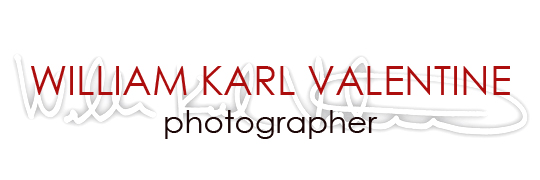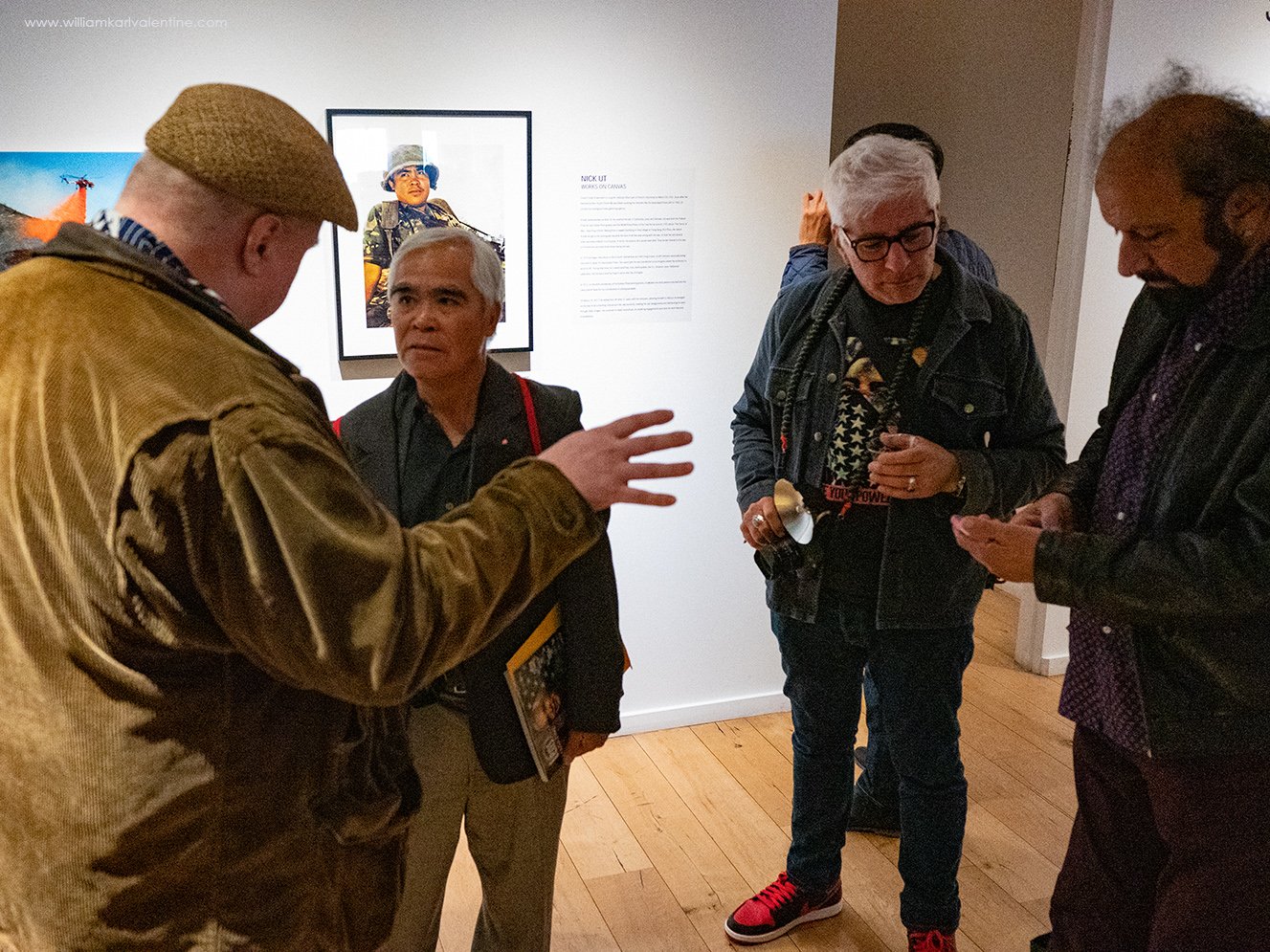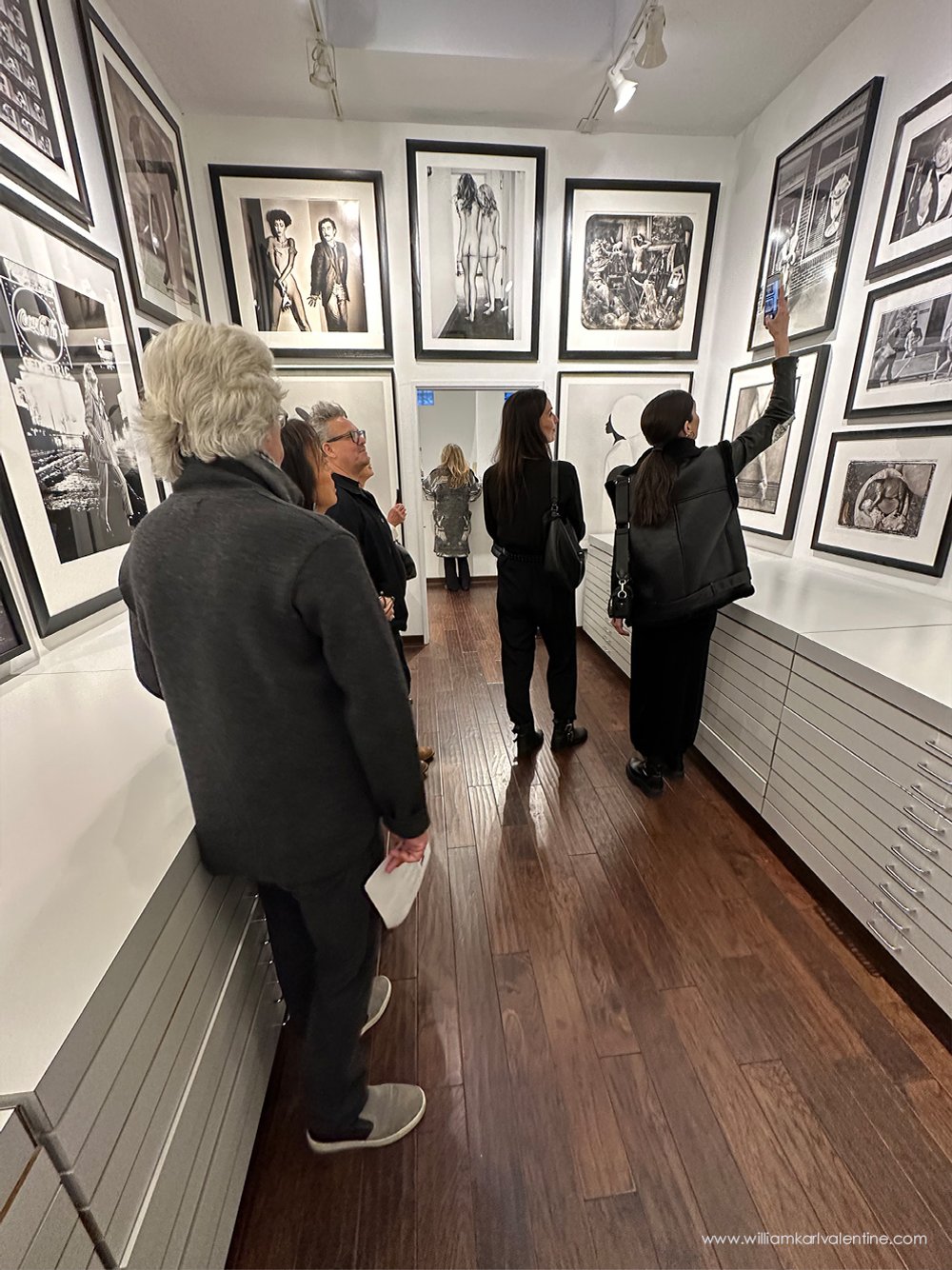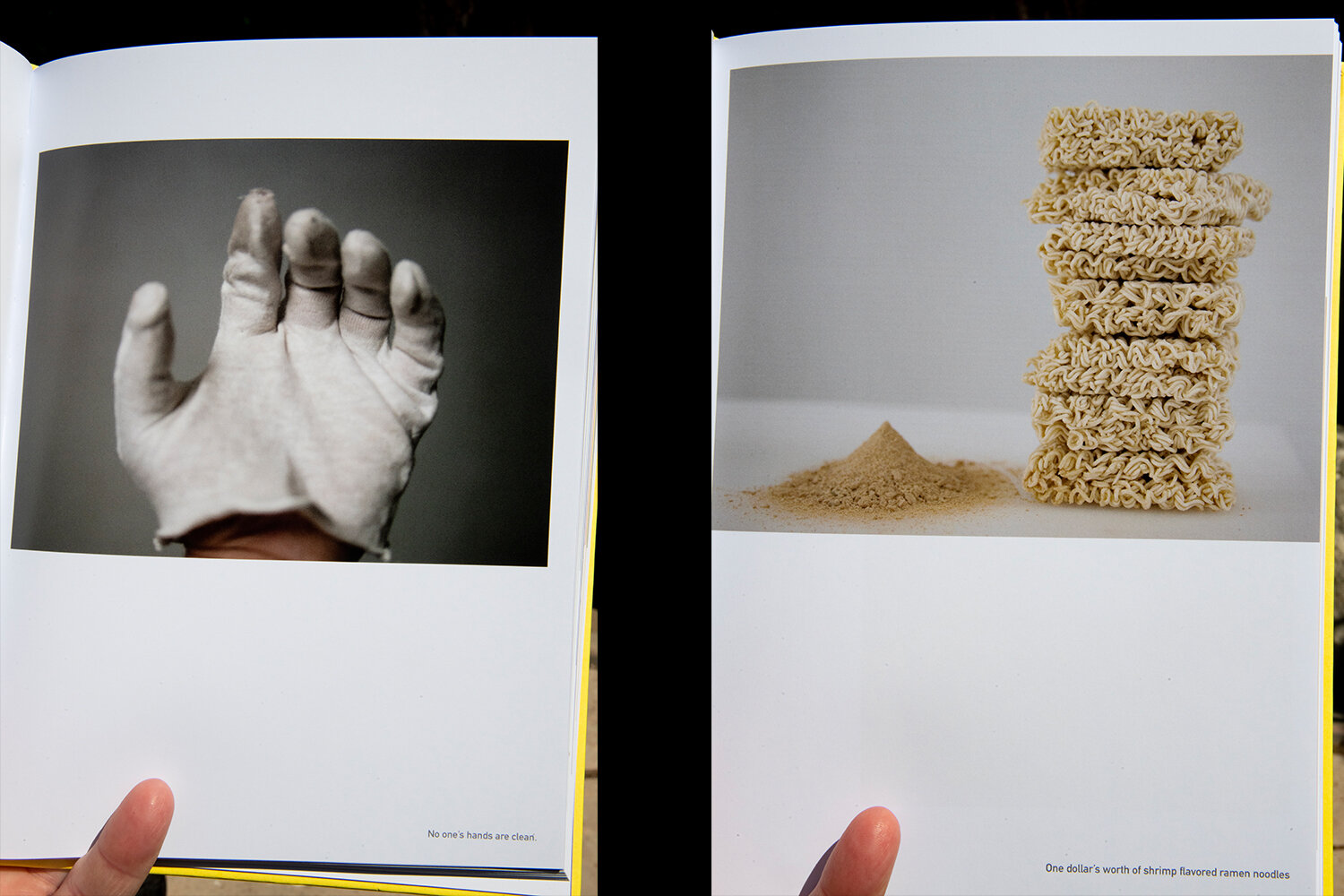When I was studying photography at Arizona State, I became aware of the FSA photographers, the photographers who documented the Civil Rights Movement, Matthew Brady, and William Christenberry. The images these photographers captured impacted how I see today. I remember installing Christenberry’s photographs for an exhibition at the Northlight Gallery in Matthews Hall on campus, and being in awe of how beautiful the prints were. Christenberry’s work probably was the most obvious in documenting the American South, he captured scenes that only exist there. At that time in my life when I was looking at the work of other photographers working in the South I was focused more on the specific subject matter and the craftsmanship of the images. Over time, from revisiting my own images, I have gained a better understanding of how many layers of meaning an image can actually have. Some images may have an obvious singular message, but many images have multiple layers of meaning and information once you learn how to look at photographs. I also remember Bill Jay stressing to us in class that every viewer brings their own experiences to each image and what is important to one viewer may not be important to another.
One of the people I follow on social media is Gregory Harris who is the is the High Museum of Art’s Donald and Marilyn Keough Family Curator of Photography. I have had the opportunity to meet Greg and I greatly respect his knowledge of Contemporary and Documentary Photography. At the end of last year, I saw him announce the release of the catalogue / book titled A long Arc Southern Photography which accompanied the exhibition at the High Museum. I was immediately interested in the book, so I contacted the High Museum gift shop to arrange a purchase. The book is the subject of this blog post, a post that is woefully overdue.
Weighing in at over 4 lbs. this 304 page Aperture book with over 275 photographs was published last November to accompany the exhibition which opened at the High Museum and is now currently on display at The Addison Gallery of Art at the Phillips Academy in Andover, Massachusetts until July 31st. From there it moves to the Virginia Museum of Fine Arts for an exhibition opening October 5th, 2024. The book is a beast, but it must be to properly cover the subject matter otherwise they would have omitted important photographers. I love the layout of the book and the content; it is an amazing documentation of the history of photography in the American South. The printing is good, and I like the fact the image descriptions and titles accompany the images. The dimensions of the book are unique, but it works well, allowing creativity with the image placement on the pages. The amount of information in this book, written and actual images, is incredible. The only complaint I have about the book is the font size and text padding are smaller than I prefer, it isn’t an easy read, but I understand why that is because it would probably add another twenty-five plus pages to an already big book.
This book really brought in to focus how important the American South has been to the history of photography. As I stated above, early on in my career I was aware of many of the notable photographers who had photographed in the South, but I hadn’t given any thought to how much the region was actually documented. When I started going through this book I was immediately impressed by how many great photographers had photographed in the South. I also was surprised to learn that some images I knew well, but had not considered the location, had actually been photographed in the South; the cover image of Robert Frank’s The Americans book is an example of one of those images.
A Long Arc - Photography and the American South - Page Examples:
Much of America is changing today because of ideological influences, migration, and a host of other factors that are too complex to get in to here. Many of our major cities have quality of life issues with things like the high cost of living, overcrowding, and criminal justice failures. Having visited Atlanta a couple years ago I felt the region seemed less affected by the problems in other parts of the country. I am not naïve to problems of the South’s past, but I didn’t feel the same racial tension in Atlanta that I have felt recently in Los Angeles (which has increased dramatically from when I was younger). The small portion of the South I have seen seems to be more like the America of the 20th Century than a lot of other parts of the country are today and I appreciate that. It is important to retain our American identity as a society while still appreciating and respecting the diversity within the whole. I think the residents in the South may be doing a better job of this than other regions of our country. So, with all this said, I think this book also has value documenting the community of the South which is separate from the history of photography element of the book. Another thing to appreciate is how many images in the book also document important historic and transformative moments in American history.
I have reviewed several books here on my blog and with each the goal is to give a fair evaluation of the book along with my personal taste opinions. One thing I always try to identify is who the book is best suited for, since photography interests and tastes are so varied and photography books can be expensive. This is one of the few recent books that I believe would be a good addition to anyone’s photography library. This book is as complete a document as you can author for the subject. The reader will definitely learn something new about the medium and probably rediscover some images they had not thought about in a while. The book is well worth the price, Amazon now has it for $47. It is important for photographers to understand the history of the medium to be good at their craft. I know most of us think New York is the center of the photographic universe but the photographs from the American South are some of the most important images ever made.
The book’s official description is as follows:
Collects over 175 years of key moments in the visual history of the Southern United States, with over two hundred and fifty photographs taken from 1845 to present. The South is perhaps the most mythologized region in the United States and also one of the most depicted. Since the dawn of photography in the nineteenth century, photographers have articulated the distinct and evolving character of the South’s people, landscape, and culture and reckoned with its fraught history. Indeed, many of the urgent questions we face today about what defines the American experience—from racism, poverty, and the legacy of slavery to environmental disaster, immigration, and the changes wrought by a modern, global economy—appear as key themes in the photography of the South. The visual history of the South is inextricably intertwined with the history of photography and also the history of America, and is therefore an apt lens through which to examine American identity. A Long Arc: Photography and the American South accompanies a major exhibition at the High Museum of Art in Atlanta, with more than one hundred photographers represented, including Walker Evans, Robert Frank, Gordon Parks, William Eggleston, Sally Mann, Carrie Mae Weems, Dawoud Bey, Alec Soth, and An-My Lê. Insightful texts by Imani Perry, Sarah Kennel, Makeda Best, and Rahim Fortune, among others, illuminate this broad survey of photographs of the Southern United States as an essential American story. Copublished by Aperture and High Museum of Art, Atlanta
Details
Format: Hardback
Number of pages: 304
Number of images: 275
Publication date: 2023-11-21
Measurements: 8.07 x 11.42 inches
ISBN: 9781597115513
Contributors
Imani Perry is the Hughes-Rogers Professor of African American Studies at Princeton University and a faculty associate with the programs in law and public affairs, gender and sexuality studies, and jazz studies.
Makeda Best is the Richard L. Menschel Curator of Photography at the Harvard Art Museums.
LeRonn P. Brooks is associate curator for modern and contemporary collections at the Getty Research Institute in Los Angeles.
Rahim Fortune is a photographer living and working between Austin and Brooklyn.
Grace Elizabeth Hale is commonwealth professor of American studies and history at the University of Virginia.
Maria L. Kelly is assistant curator of photography at the High Museum of Art.
Scott L. Matthews is assistant professor of history at Florida State College at Jacksonville.
Press Quotes:
“The magnificence of a retrospective like this is not just the accounting offered by its historical sweep, but the way it conveys the immense complexity of this region, to inspire a renewed attention to the cruel radiance of what is. Suffering does not always lead to compassion and change, but photographs like these remind us that standing in witness to suffering surely should.”—Margaret Renkl, The New York Times
“…these photographs demonstrate how essential the South has been not only to American history and identity, but to American photography—from Mathew Brady’s battlefield images of the Civil War (1861–65) to the intimate interiors of Carrie Mae Weems.”—Andrew Durbin, Frieze magazine
Additional Information about the Exhibition:
You Tube Video of the Installation at the High Museum (11 mins)











































































































